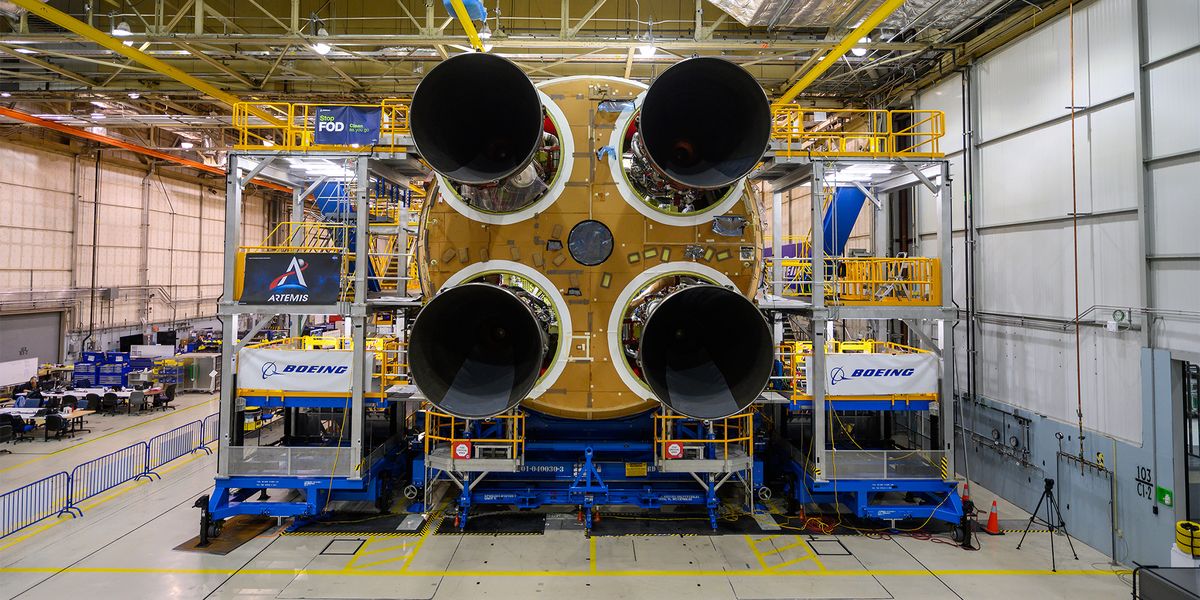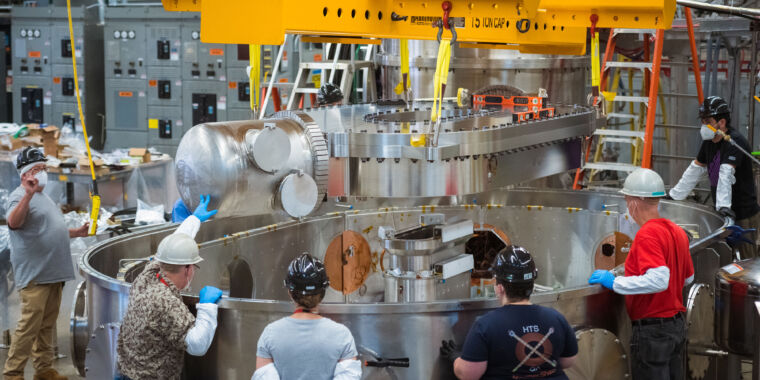
The foot core system: a new paradigm for understanding intrinsic foot muscle function | British Journal of Sports Medicine
The foot is a complex structure with many articulations and multiple degrees of freedom that play an important role in static posture and dynamic activities. The evolutionary development of the arch of the foot was coincident with the greater demands placed on the foot as humans began to run. The movement and stability of the arch is controlled by intrinsic and extrinsic muscles. However, the intrinsic muscles are largely ignored by clinicians and researchers. As such, these muscles are seldom addressed in rehabilitation programmes. Interventions for foot-related problems are more often directed at externally supporting the foot rather than training these muscles to function as they are designed. In this paper, we propose a novel paradigm for understanding the function of the foot. We begin with an overview of the evolution of the human foot with a focus on the development of the arch. This is followed by a description of the foot intrinsic muscles and their relationship to the extrinsic muscles. We draw the parallels between the small muscles of the trunk region that make up the lumbopelvic core and the intrinsic foot muscles, introducing the concept of the foot core. We then integrate the concept of the foot core into the assessment and treatment of the foot. Finally, we call for an increased awareness of the importance of the foot core stability to normal foot and lower extremity function.
The human foot is a very complex structure, which allows it to serve many diverse functions. During standing, it provides our base of support. During gait, the foot must be stable at foot-strike and push-off. However, during mid-support, the foot must become a mobile adaptor and attenuate loads. It also possesses spring-like characteristics, storing and releasing elastic energy with each foot-strike. This is accomplished through the deformation of the arch, which is controlled by intrinsic and extrinsic foot muscles. There is evolutionary evidence that the foot arch architecture and musculature developed in response to the increased demands of load carriage and running. The stability of this arch, which we proposed to be the central ‘core’ of the foot, is requisite to normal foot function.












/cdn.vox-cdn.com/uploads/chorus_asset/file/25416369/STK473_NET_NEUTRALITY_CVIRGINIA_A.jpg)









